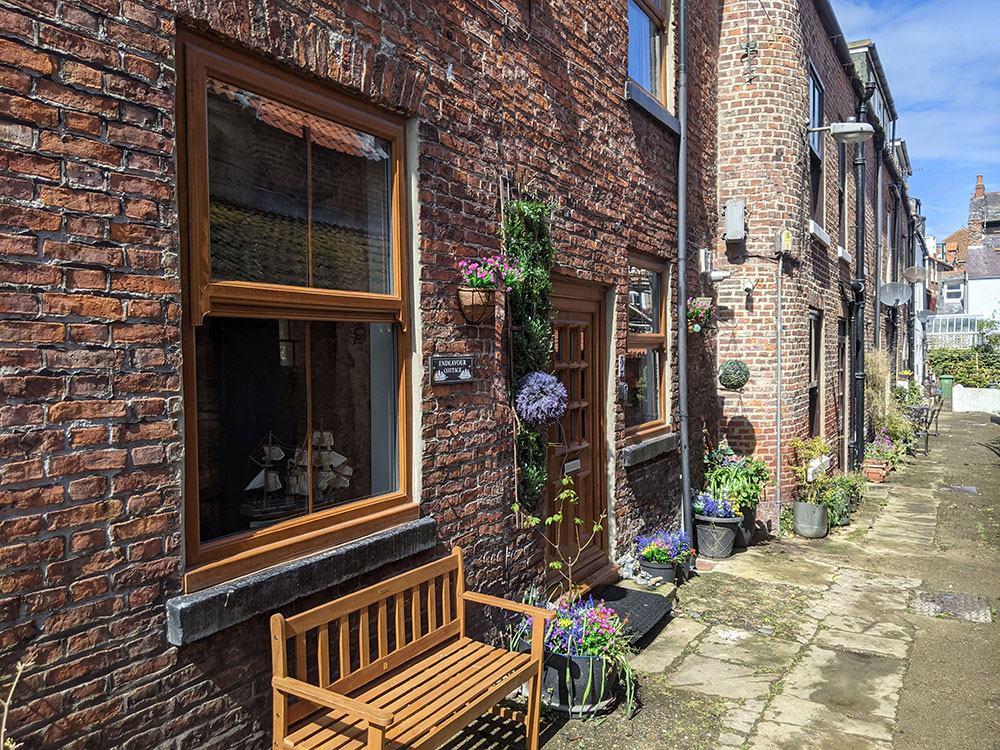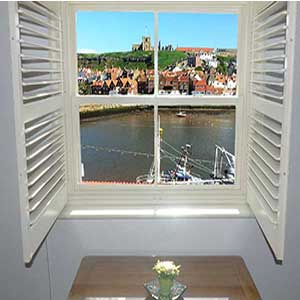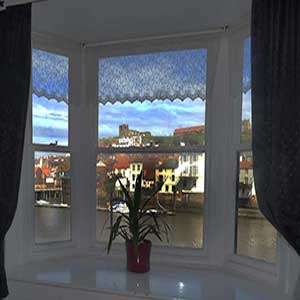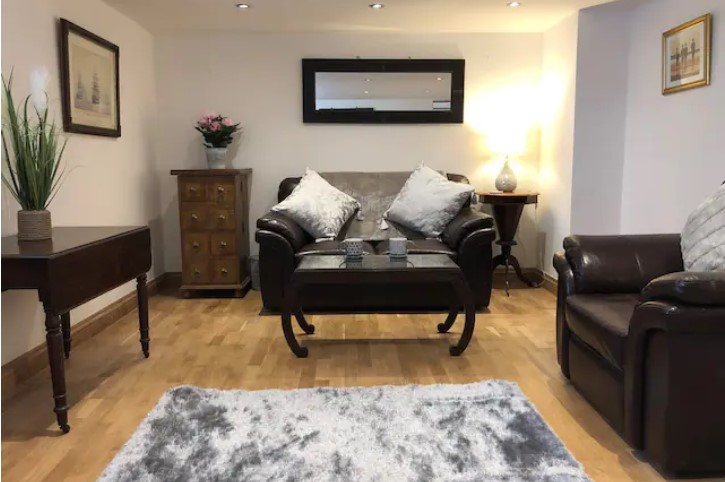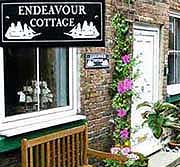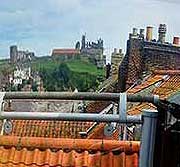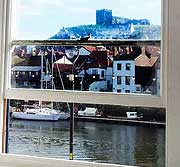Whitby History part one Whitby Bridge, Grape Lane and Church Street.
For the first time in this series on the history of Whitby's buildings we will start by crossing Whitby's famous bridge, leaving the West side and going onto the East side of the town.
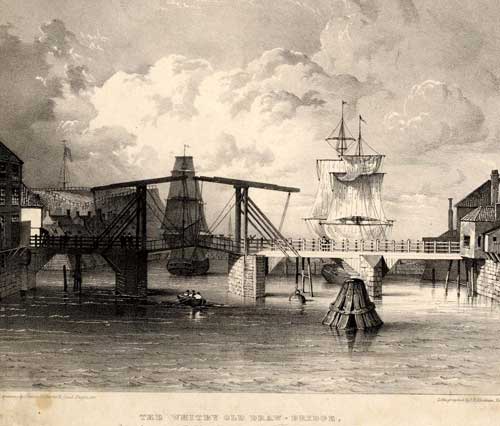
Tweet - FB Like Us or G + Us..
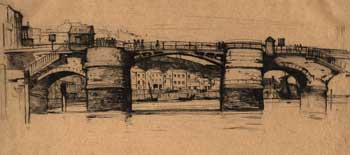
As you leave the bridge on the right-hand side you now pass the Dolphin Hotel, which in the past was known as Custom House Hotel, which was built on the site of old shops which were demolished back in 1908. In those very same shops at the time it was said that in the cellars there were shackles which had been used by the Royal Navy's press-gang, to hold their "impressed" men.
Passing the Dolphin Hotel on the right you are greeted by the building which now houses the Whitby Gazette who produces the local paper. The Gazette building 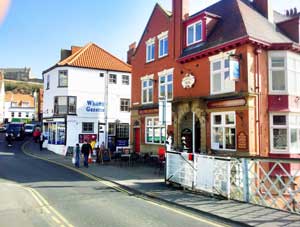 stands at the entrance of Grape Lane which in 1426 was known as Grope Lane because of its darkness, previously known as Lombard Street. Here the bank of Messrs Chapman and Simpson stood in 1765, known as Greengate. Years later the building was to become Whitby Cottage Hospital until 1925.
stands at the entrance of Grape Lane which in 1426 was known as Grope Lane because of its darkness, previously known as Lombard Street. Here the bank of Messrs Chapman and Simpson stood in 1765, known as Greengate. Years later the building was to become Whitby Cottage Hospital until 1925.
At the end of Grape Lane there is a slipway which takes you down to the harbour between the houses and this is locally known as, Ghaut. In years gone by this area was known by artists from all over the world who came to paint Whitby's scenic Tin Ghaut an d Cockpit Yard, which were both unfortunately demolished in the early 1960s.
d Cockpit Yard, which were both unfortunately demolished in the early 1960s.
At the end of Grape Lane there is a cobbled piece of road, which is all that remains of the Potato Market which was known locally as Tatie Market, where the Abbott of Whitby had his toll booth prior to 1540. Also in this area was the Thingwald of Danish Whitby, a name which lasted well into the 13th century. What an enormous amount of history lies buried beneath what is now a car park!
Well Yard was on the opposite side of the road, which was as the name implies a location of one of the town's wells, which at the time had a wooden door at the entrance that was closed during the night for the protection of the people who lived in the yard. This was also the location of a mansion which was used by the family called Yeoman, connected to Whitby for many centuries and in later years in this location it became the Turks Head Inn.


